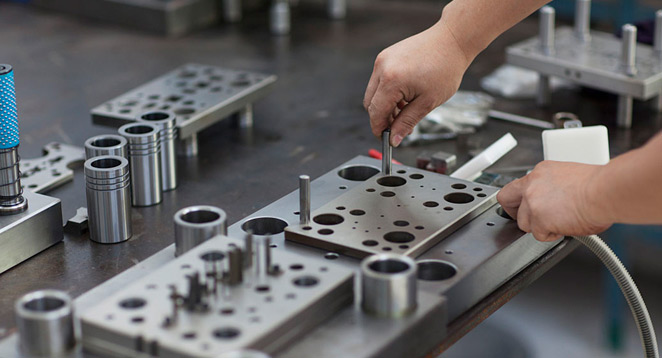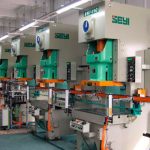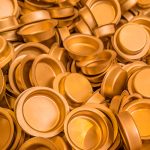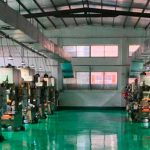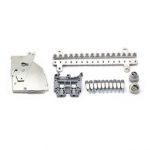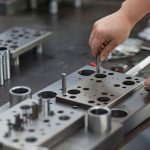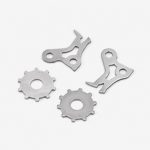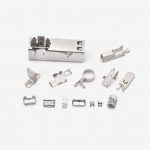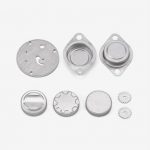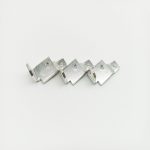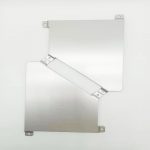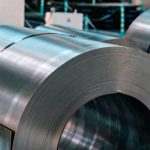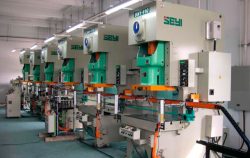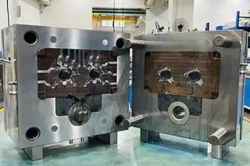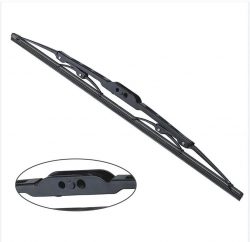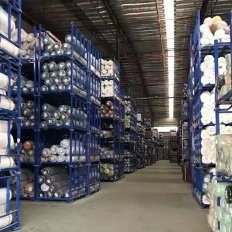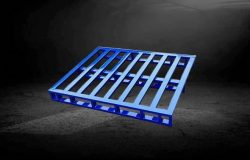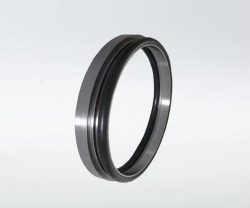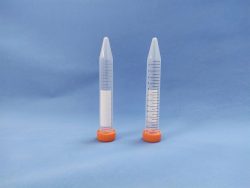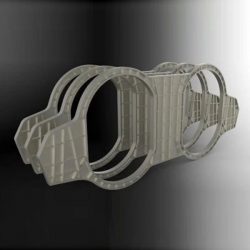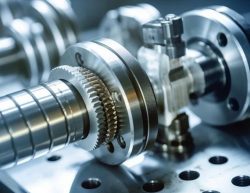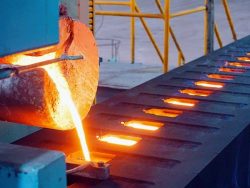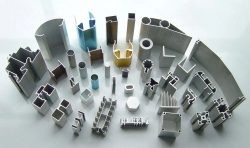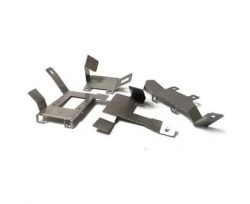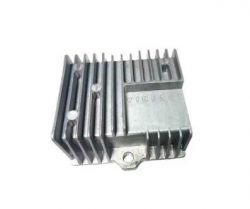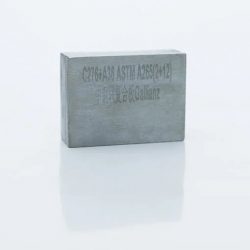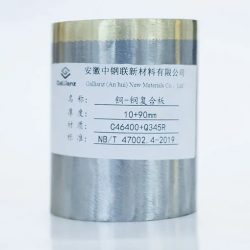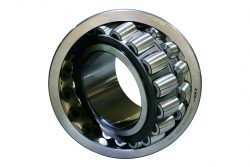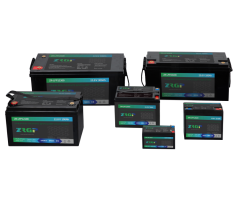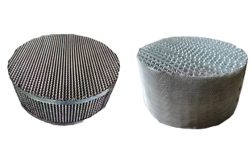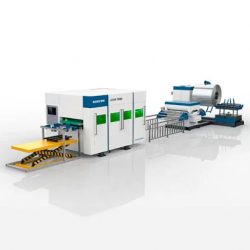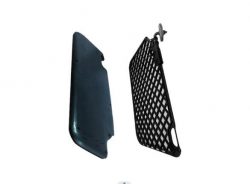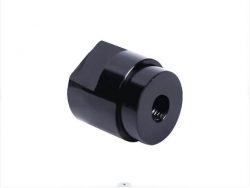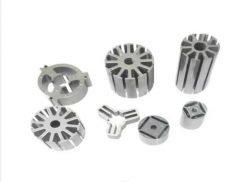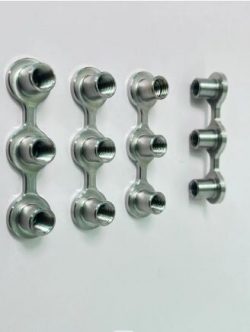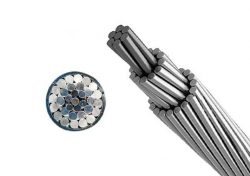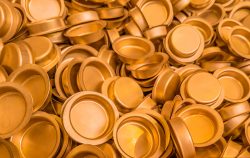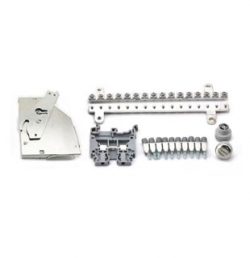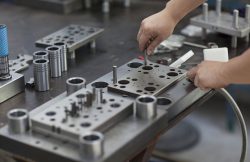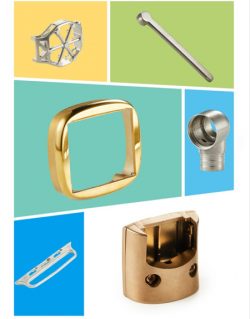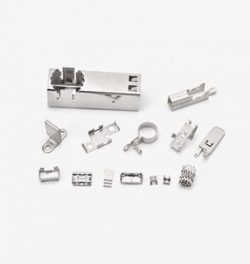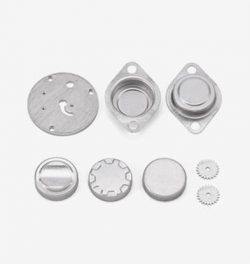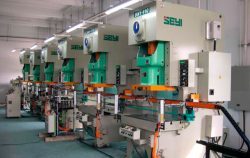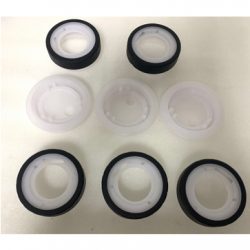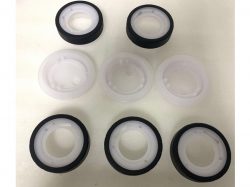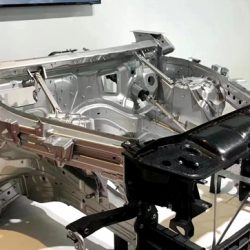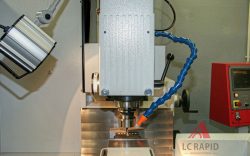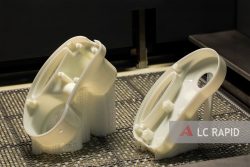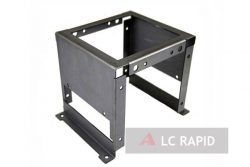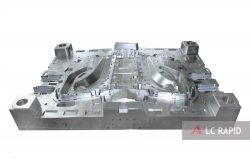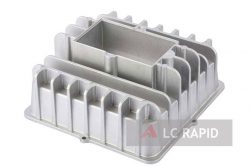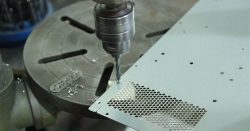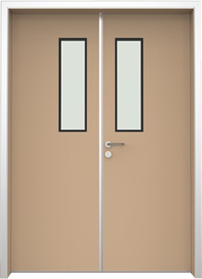OEM Stamping Die Manufacturer
Precision stamping die is a special tool for batch processing of materials into required stamping parts. It is very important in metalwork and stamping. Generally, mold can be divided into:
(1) Single die: Simple structure, short manufacturing cycle, low cost, but low stamping accuracy and efficiency. It is suitable for metal stamping parts with low precision, simple shape, and small output.
(2) Progressive die: More complex structure, difficult manufacturing and adjustment, high cost, but high stamping accuracy, exponentially improved production efficiency. It is suitable for metal stamping parts with high precision and large output.
Types of Metal Stamping Dies for Sale
Progressive DieProgressive Die
Progressive Die
A progressive die, also known as a continuous die, is a multi-process die. In a mold, progressive stamping tool can complete various processes including punching, bending, and drawing, which can improve production efficiency and reduce product manufacturing costs. Progressive dies are easy to automate and can realize mass production.
more
Single DieSingle Die
Single Die
The single-stage die is a simple structure with low manufacturing costs. Simple press tool is suitable for some stamping parts with low precision requirements and simple shapes. The surface of the parts stamped out by the compound mold is smooth, and the accuracy requirements of the product are guaranteed at the same time.
more
Advantages of Die & Tool Manufacturing
Additive manufacturing can dramatically shorten the lead time of tooling set-up — some experts claim as much as 90 percent!
Standard stamping dies manufacturing processes assume a considerable factor of waste. Additive manufacturing reduces this loss of material during tooling fabrication because it utilizes a digital layering technique.
There is no arguing that using additive manufacturing in tooling set-up has a hand in increasing the likelihood of receiving a quality end-product.
The Tool and Die Maker will cut, shape, finish, and maintain precision stamping tools made of metal and will forge die casts to create molds.
FAQs About Tool & Die Making
Why Should I Choose Progressive Stamping and Fabrication over Other Methods?
Compared with single die, progressive stamping tool has the characteristic of fast stamping speed and high production efficiency, which can meet the needs of mass production, finally obtain the stamping die parts of high precision, stable quality, good consistency with less material waste.
Do You Make Your Own Tooling?
As a superior metal stamping die manufacturer, Orienson has a strong mold design team, and a set of mold processing equipment such as fast wire cutting, slow wire cutting, milling machine, drilling machine, etc., which can meet the needs from mold design to mold manufacturing and to late maintenance.
How Long Does It Take To Manufacture Custom Stamping Dies?
Under normal circumstances, the mold production time depends on two factors: technical difficulty, customer MOQ.
1. Process difficulty: The more complex the metal stamping die design steps are, the more difficult it is to make the custom stamping dies.
2. The customer minimum order quantity: if the order quantity is large, then the corresponding mold cavity number will be more, and takes longer time to make the mold, which improves the efficiency of producing products, thus reducing the cost of stamping parts.
The mold development and manufacturing capacity of Orienson: We can reach 25 sets of progressive mold or 25 sets of composite mold every month.
What Is Die Manufacturing Process?
Mold is very extensive application in all walks of life, so for the mould manufacturing becomes more concern topic among people, Orienson, as a metal stamping factory, has a wealth of production experience, can produce high precision and long life mould, following simple mould manufacture process may help people have a more detailed understanding towards mould manufacturing.
1) ESI(Earlier Supplier Involvement).
2) Quotation.
3) Purchase Order.
4) Production Planning and Schedule Arrangement.
5) Mold Design.
6) Purchasing materials.
7) Machining (Machining).
8) Mold Assembly.
9) Mold Trial Run.
10) Sample Evaluation Report (SER).
